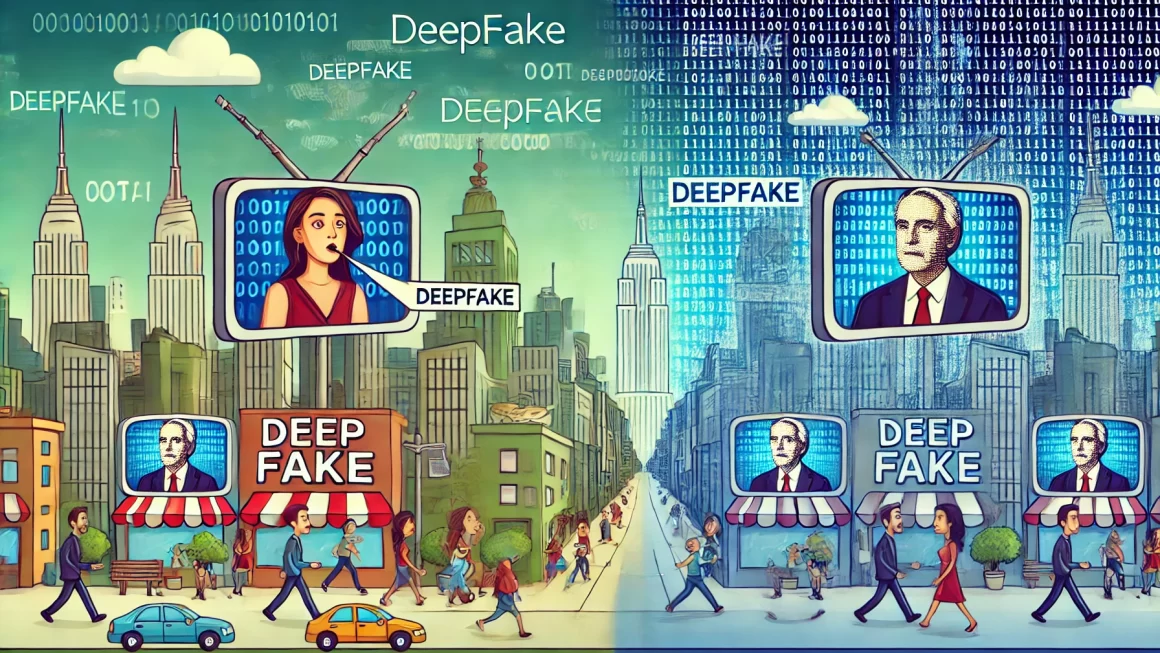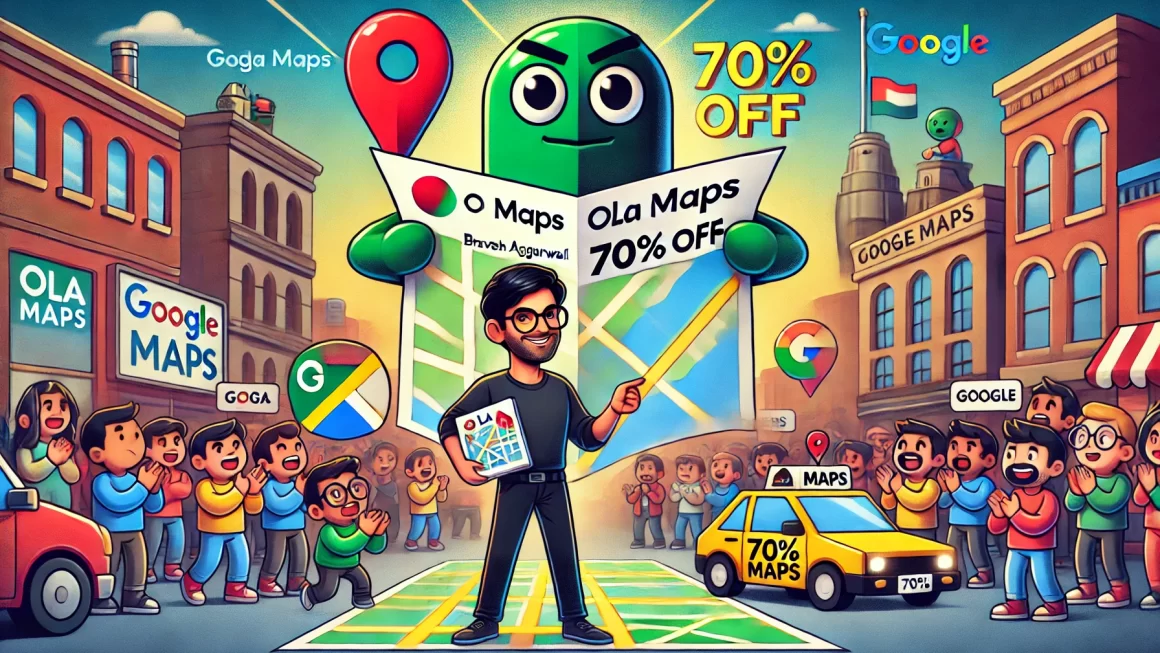Artificial intelligence (AI) is increasingly playing a pivotal role in hiring practices, offering the promise of efficiency and precision. However, it’s crucial to navigate this landscape thoughtfully, especially when considering the implications of algorithmic biases. Here’s a friendly guide to understanding how AI is used in hiring and what we can do to minimize biases.
How AI is Used in Hiring
AI in hiring is mostly used for automating repetitive tasks like screening resumes or scheduling interviews, allowing recruiters to focus on more nuanced aspects of the hiring process. More advanced uses include deploying algorithms to analyze video interviews, assessing candidates’ language and facial expressions to gauge fit or suitability for a role.
Addressing Algorithmic Biases
Despite the benefits, AI systems can inadvertently perpetuate biases. These biases often stem from the data used to train AI models. For instance, if an AI system is trained on historical hiring data that contains gender or ethnic biases, the algorithm may learn and replicate these biases.
Steps to Address Algorithmic Bias:
- Diverse Data Sets: Ensure the data used to train AI models reflects a diverse range of candidates. This diversity should encompass various demographics, experiences, and skill sets.
- Regular Audits: Regularly audit and review AI systems to assess their decision-making processes. This helps identify any biased patterns or outcomes, allowing for timely corrections.
- Transparency and Explainability: Strive for transparency about how AI tools make decisions. Using explainable AI frameworks helps both developers and users understand and trust AI decisions, facilitating easier identification of biases.
- Human Oversight: Incorporate human oversight in the AI decision-making process. Humans can review AI recommendations before final decisions are made, providing an additional layer to catch and correct potential biases.
- Legal and Ethical Guidelines: Adhere to legal and ethical standards that govern hiring practices. Staying informed about regulations and guidelines helps ensure that AI tools comply with fair employment practices.
Further Reading and Resources
For those interested in diving deeper into this topic, here are some valuable resources:
- Books:
- Weapons of Math Destruction by Cathy O’Neil explores how big data and algorithms can increase inequality and threaten democracy, including in the workplace.
- Hello World: Being Human in the Age of Algorithms by Hannah Fry offers an accessible introduction to the role of algorithms in various aspects of life, including their ethical implications.
- Online Courses:
- Coursera and edX offer courses on AI ethics and responsible machine learning, which cover how to design and deploy AI systems fairly and ethically.
- Research Papers:
- Look for publications in journals like Journal of Machine Learning Research and Conference on Fairness, Accountability, and Transparency that specifically address biases in AI and propose methodologies for mitigating these biases.
By approaching AI in hiring with an awareness of potential biases and a commitment to ethical practices, we can harness the benefits of technology while ensuring fair and equitable treatment for all candidates.




